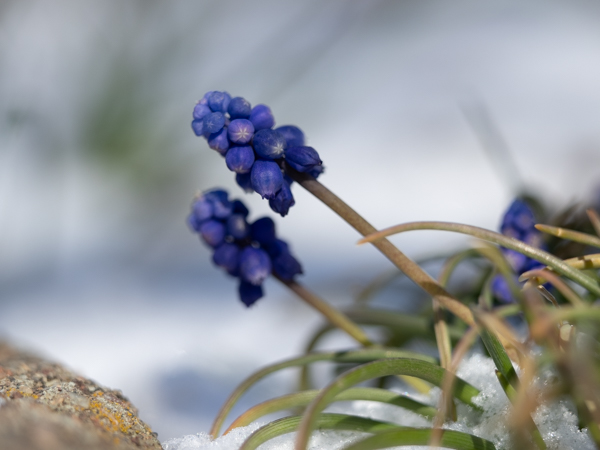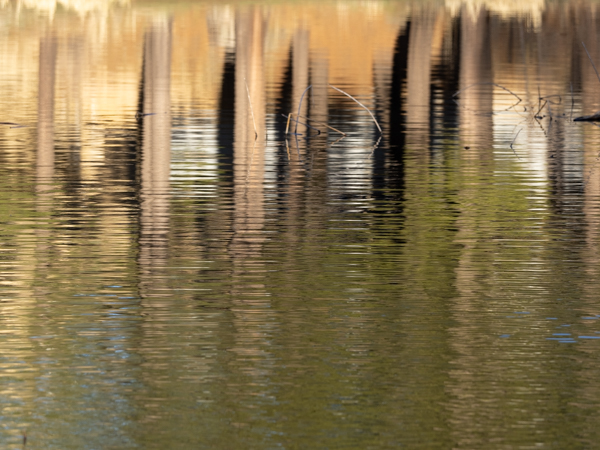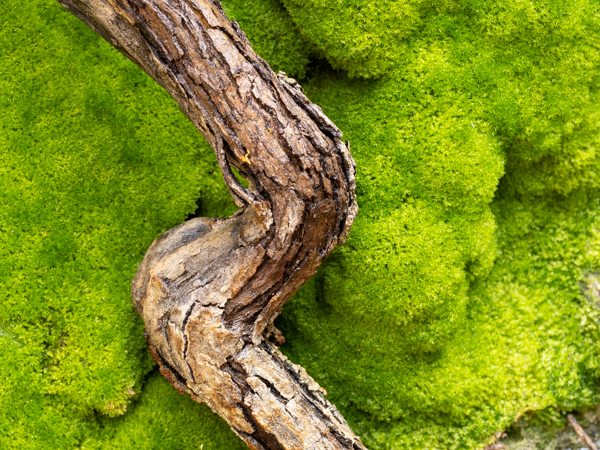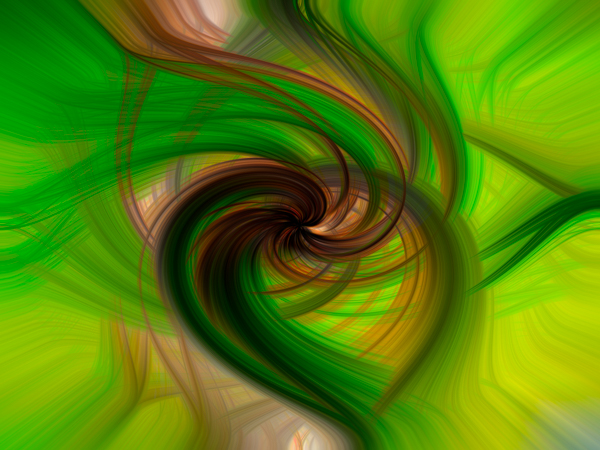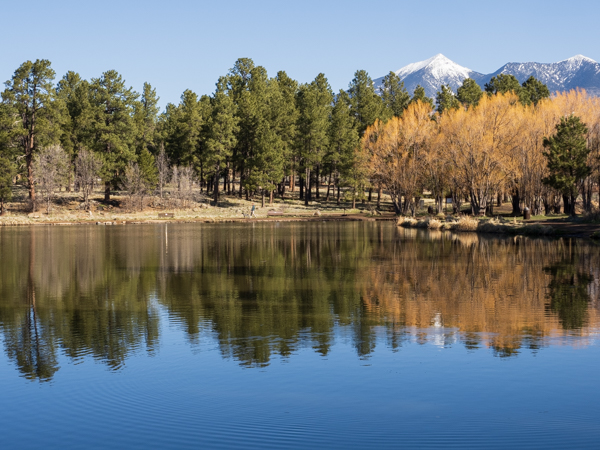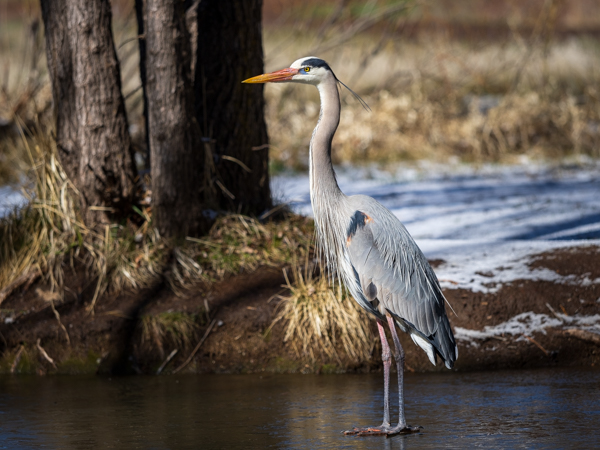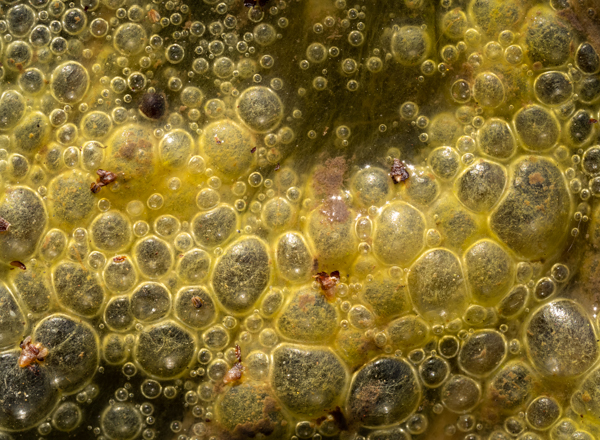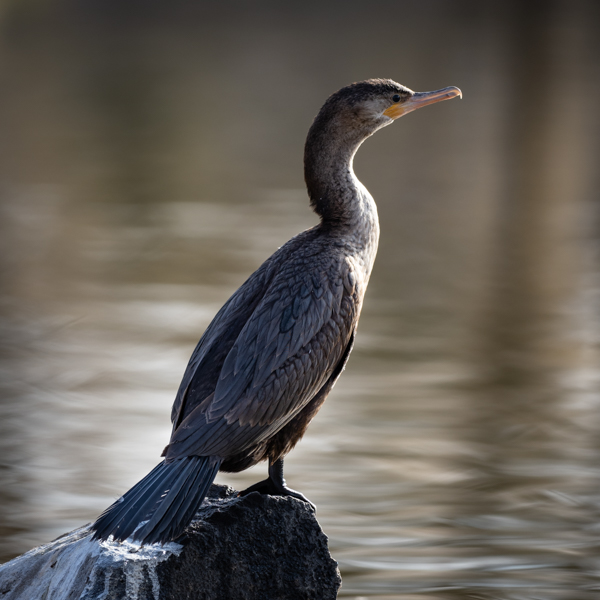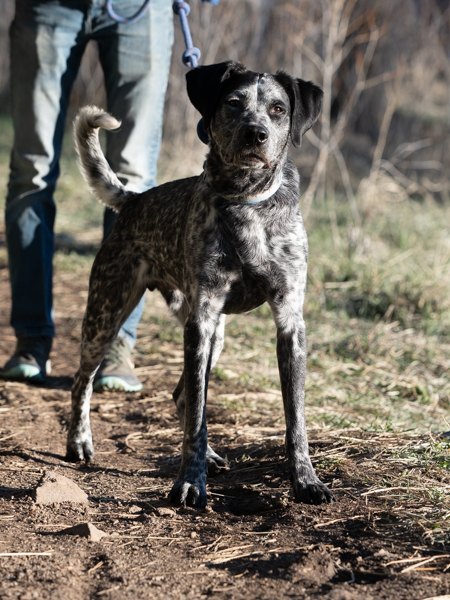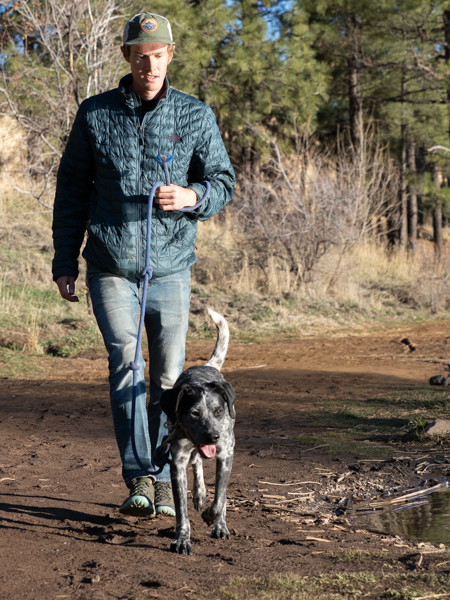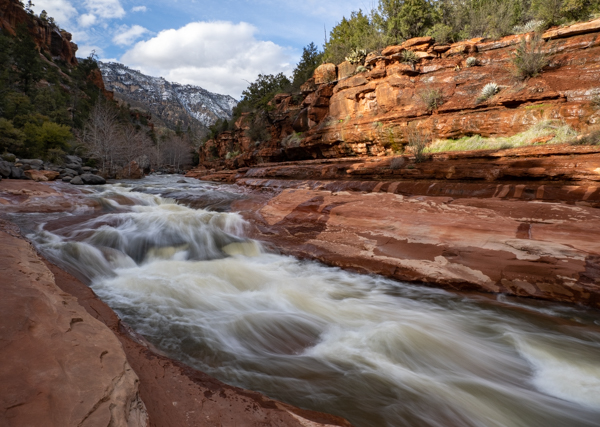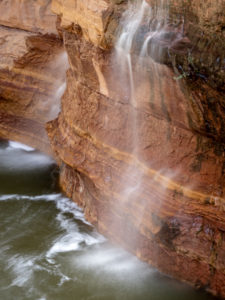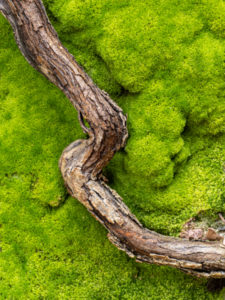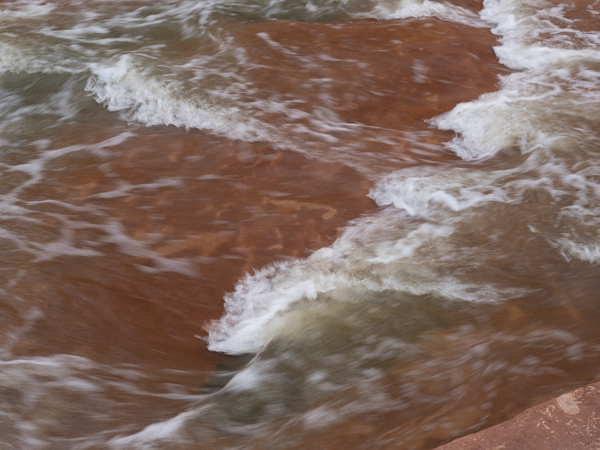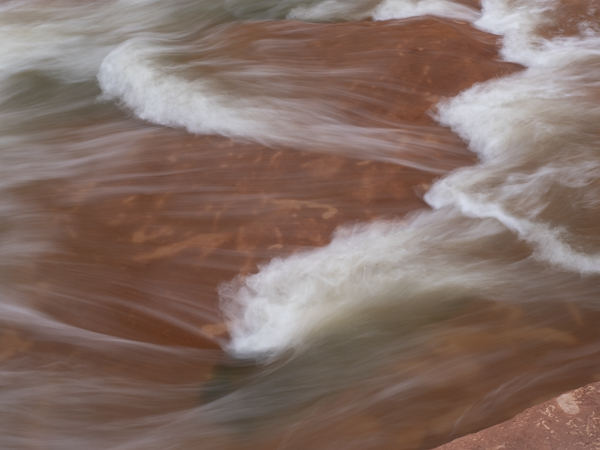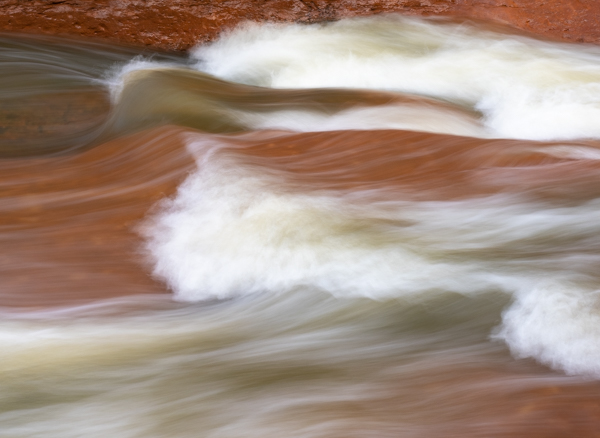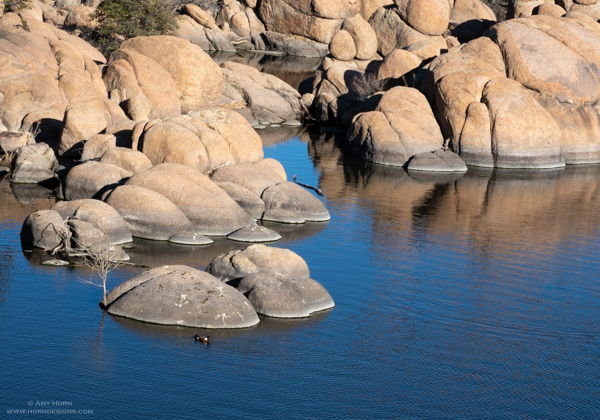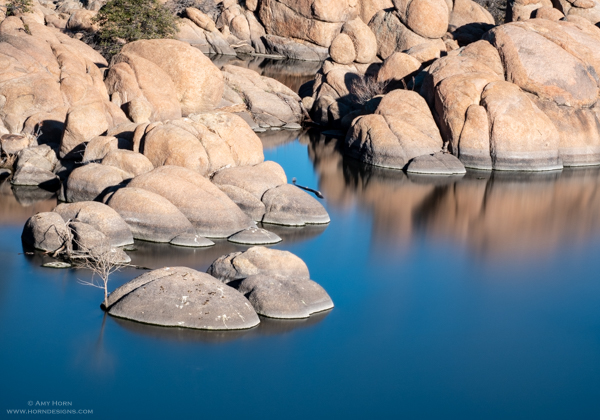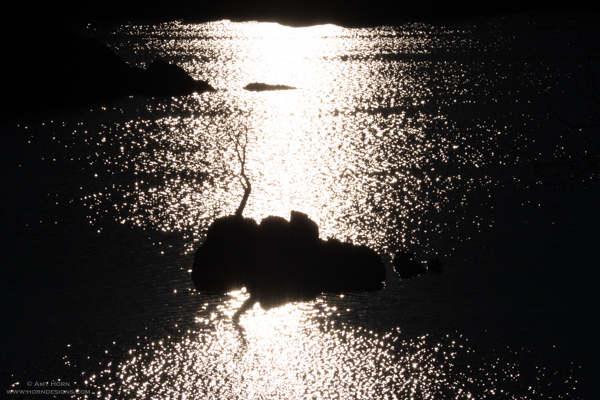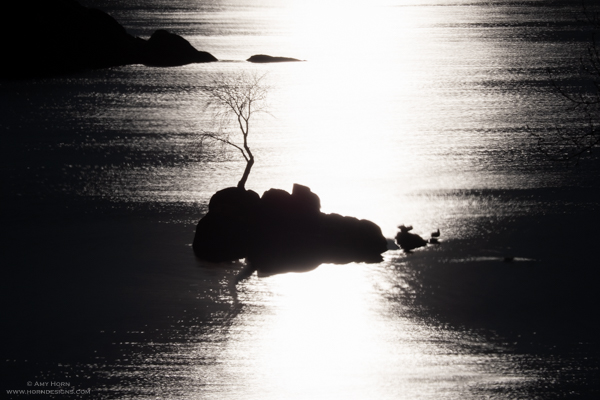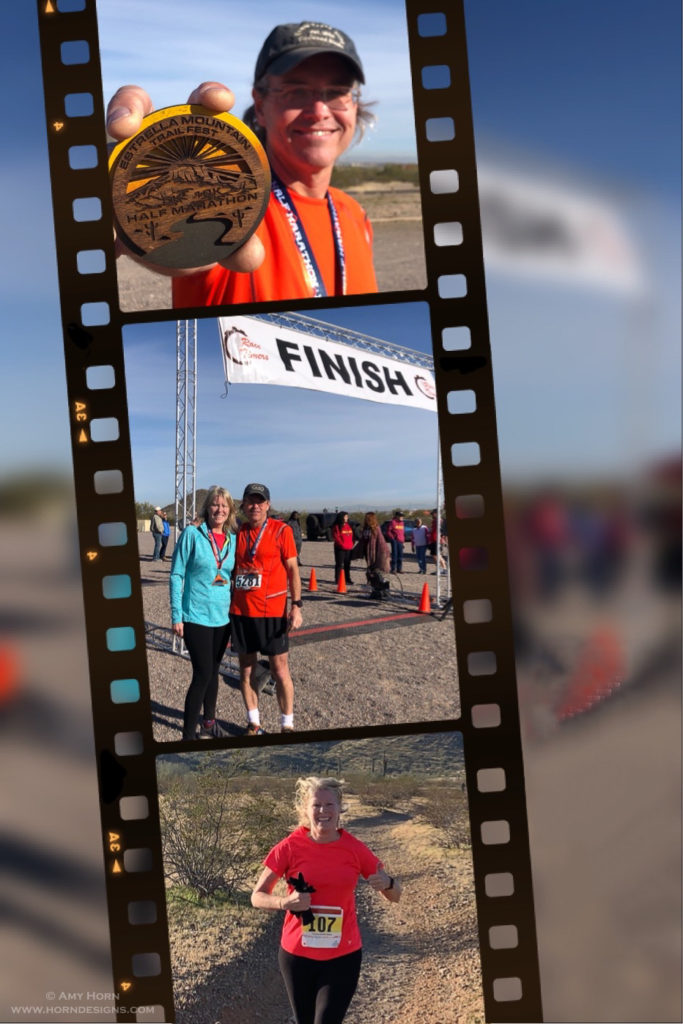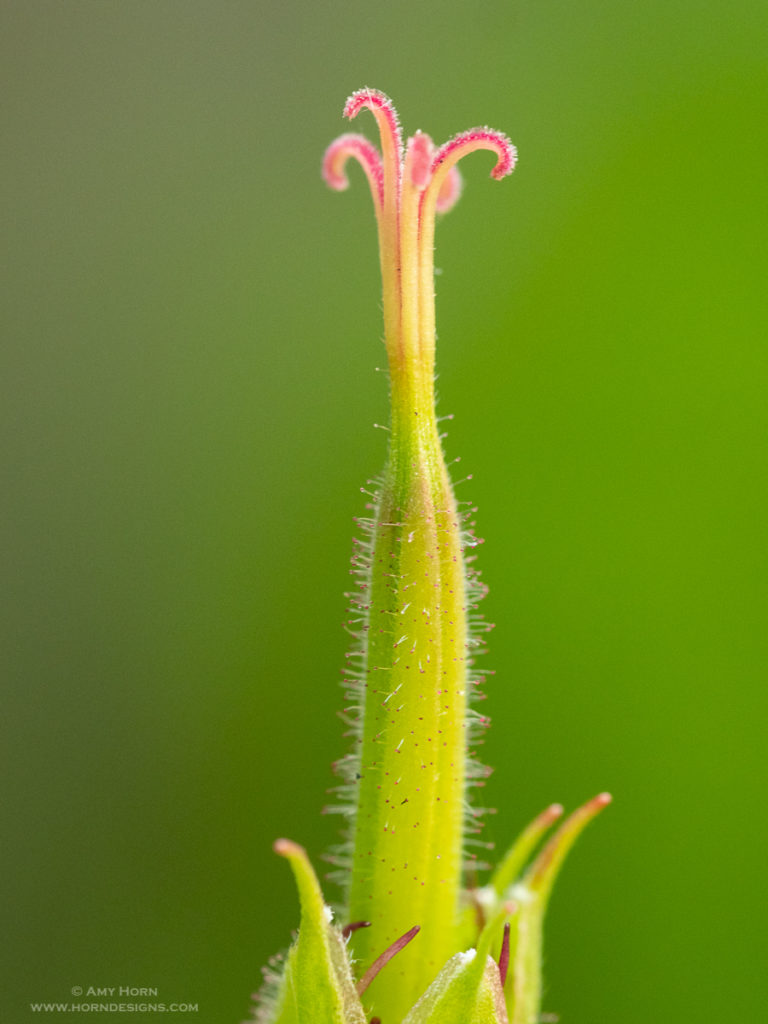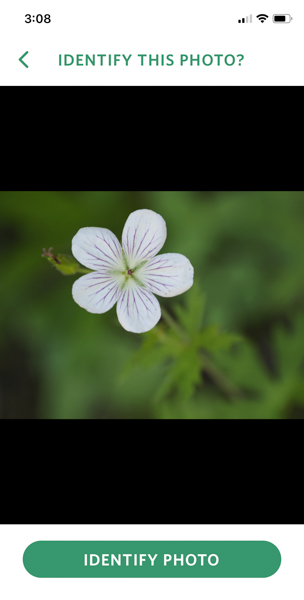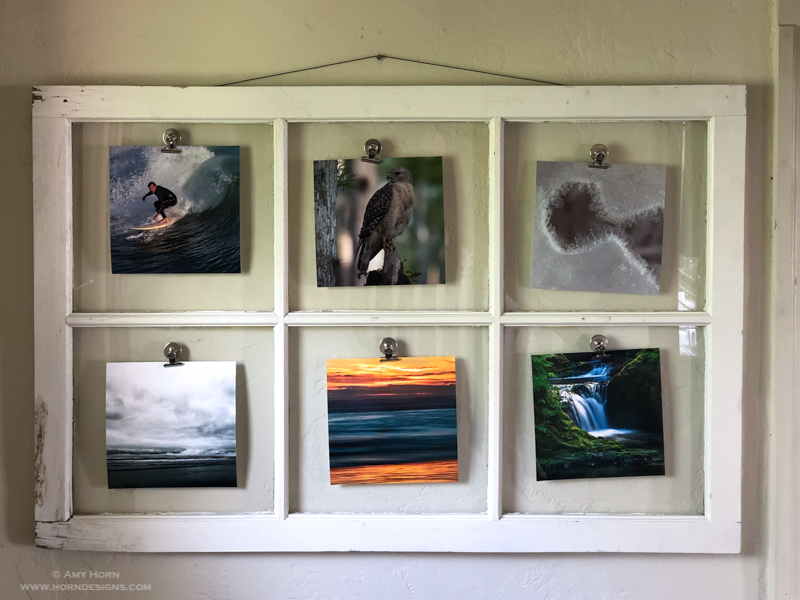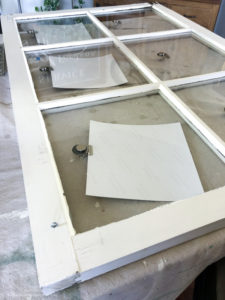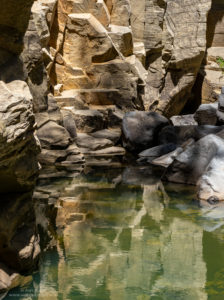
Olympus OMD 1 Mark III, 12-100mm lens,
1/200 sec, f/7.1, ISO 200.
On a recent hike with my husband through Pumphouse Wash I dropped my two-month-old camera. The hike required wading through many thigh-high polls of water, and I was careful while wading. Hiking was slow through the water, so after three hours of hiking, we turned back toward the car. That meant wading through the pools of water again. The walk-able ledge on the last pool meant we would stay dry, well that was the plan anyway. Somehow, my pack was open and my camera took a swim. I watched it submerge 18” under water, so I jumped in too. As I grabbed the camera strap the lens broke off and water gushed inside the camera. After getting the camera, I spotted the lens wedged between two rocks and retrieved it. I pulled the battery and memory cards from the camera immediately, hoping to keep the images from the hike.
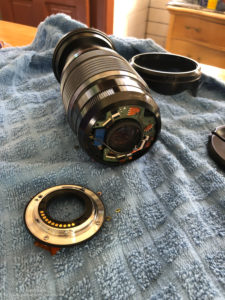
Once on dry ground, I wrapped the gear in a towel, and we hiked the last 1/3 mile back to the trail head. At the car, I opened every compartment to dry them out and knew Monday I would call my insurance company. Almost ten years ago, I purchased a policy from State Farm Insurance to cover my gear since I own too much camera gear for a traditional homeowner’s policy. On Monday, I called in my claim. A few days later, a claims adjuster called and by the end of the phone call, he issued me a check for the full value of my gear minus the $100 deductible.
Insurance
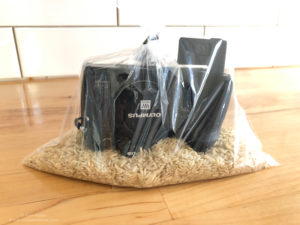
Hopefully, this event got you thinking about insuring your gear. My policy cost $20/month and with over $3000 replaced gear, insurance was a wise choice for me. Not only can you get a special policy through most homeowner’s insurance agents, but many photography organizations offer insurance as part of your membership. Here is a short list of options for insurance, but there are many more.
- PPA – Professional Photographers of America
- PSA – Photographic Society of America
- NANPA – North American Nature Photography Association
- Howard Burkholz of Allstate
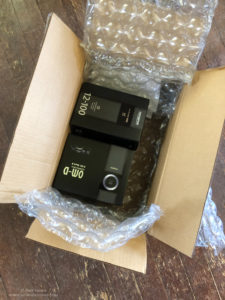
I contacted Olympus to see if a repair was possible. Although they couldn’t say for sure without evaluating it, dropping the camera in water void the warranty. While I waited to hear from my insurance agent, I placed the camera in a bag of rice. I’m glad I had insurance.
